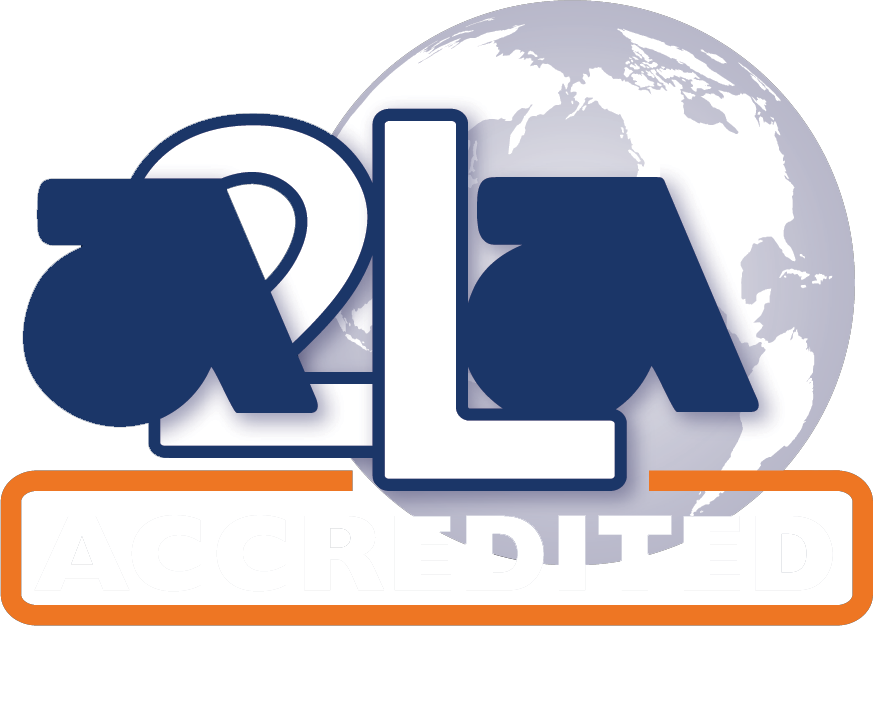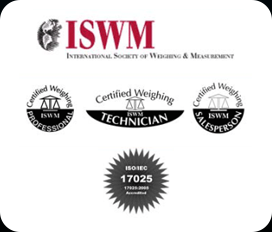What Is a Shift and Corner Test?
A shift test, also known as a corner test or eccentricity test is a procedure done by a calibration technician to check the accuracy of your weighing equipment. During the shift test, the technician centers weights in different quadrants on the weighing platform while checking the readings. Its purpose is to ensure that no matter the placement of your weight, the reading remains the same or within tolerance of your equipment.
One of the most common errors found with weighing equipment is a failed shift test. Debris can build up under corner load cells and effect the read out. If a corner load cell is incorrect, it can affect the entire scale.
Shift tests are very important, especially with Legal for Trade scales. During an audit, the state inspector can red tag your equipment and take it out of service if it does not pass a shift test, costing your company time and money. It is important to have regularly scheduled maintenance by a calibration company like Precision Solutions. Our certified technicians follow Table 6 in NIST(National Institute of Standards and Technology) Handbook 44 for tolerances and test procedures. Our technicians are well trained and experienced in knowing what tolerances to use and what procedures to follow to keep your equipment in compliance. Depending on your equipment, the process changes as listed below.
New Guidelines for Corner Tests
What are the new guidelines for a corner test? What are the new shift testing guidelines? The Guidelines for shift testing that you need to know are as follows.
Test load for the shift test is down from 50 percent to 30 to 35 percent of scale capacity. Shift test pattern for bench and counter scales are the same as the current test pattern for other scales according to NIST Handbook 44 Section N.1.3.7. Subsequently, the old paragraph N.1.3.1. defining bench and counter scales as having separate procedures has been deleted.
Section N.1.3.7. applies to all other scales besides crane, hanging and hopper scales and wheel-load and portable axle-load weighers. It states that for scales with a nominal capacity of 1,000 lbs. (500 kg) or less, you will conduct the shift test with a one-third nominal capacity test load, centered in the middle of each quadrant of the load-receiving element.
If the scale has a nominal capacity greater than 1,000 lbs., you can perform a one-third nominal capacity shift test in the same manner as those scales with the lighter capacity, or you can use a one-quarter nominal capacity test load centered over each corner of the load-receiving element. Using more than one-quarter capacity in the corner could overload your load cells causing damage to your weighing equipment.
Shift and Corner Test Revised Guidelines Explained
The two notable changes in this revision are the change in the test load for the shift test to a one-third of capacity test rather than one half, and the change in the manner of testing bench and counter scales to bring them in line with other scales.
The change in test load requirements brought the U.S. shift test requirements for scales with a load-receiving element that does not have more than four support points in sync with OIML R 76’s international recommendation. The U.S. requirement is actually 30 to 35 percent rather than exactly a third to offer some flexibility in case the measuring entity had difficulty creating a test-weight that weighed exactly one-third capacity. With the new test pattern, the 30-35 percent test load is basically the same as the 50 percent test load using the old test pattern since in the new test pattern the load is farther away from the platform’s center.
These guidelines are for a single standard weight for use as the test load. If you cannot produce a weight that fits the requirements, you must arrange your multiple weights so they most closely resemble the surface area of a single weight. You should not stack them up, one on top of the other, forming a narrow tall column of weights as this will cause an unrealistic concentrated load point, and could result in an unsafe test condition
Contact Us for a Quote or Schedule an Appointment >>
For more information about shift and corner tests, or for general scale calibrating information and assistance, please contact Precision Solutions online or call us at 215-536-4400 today.



